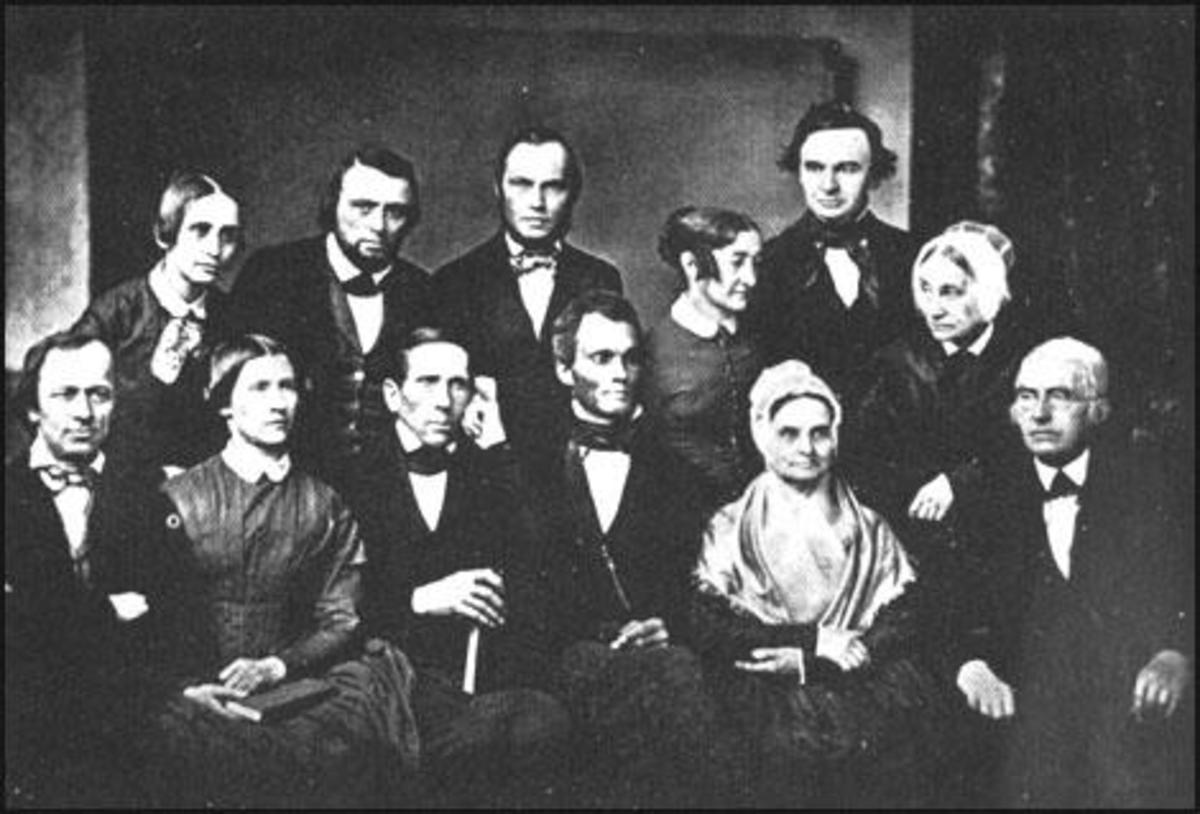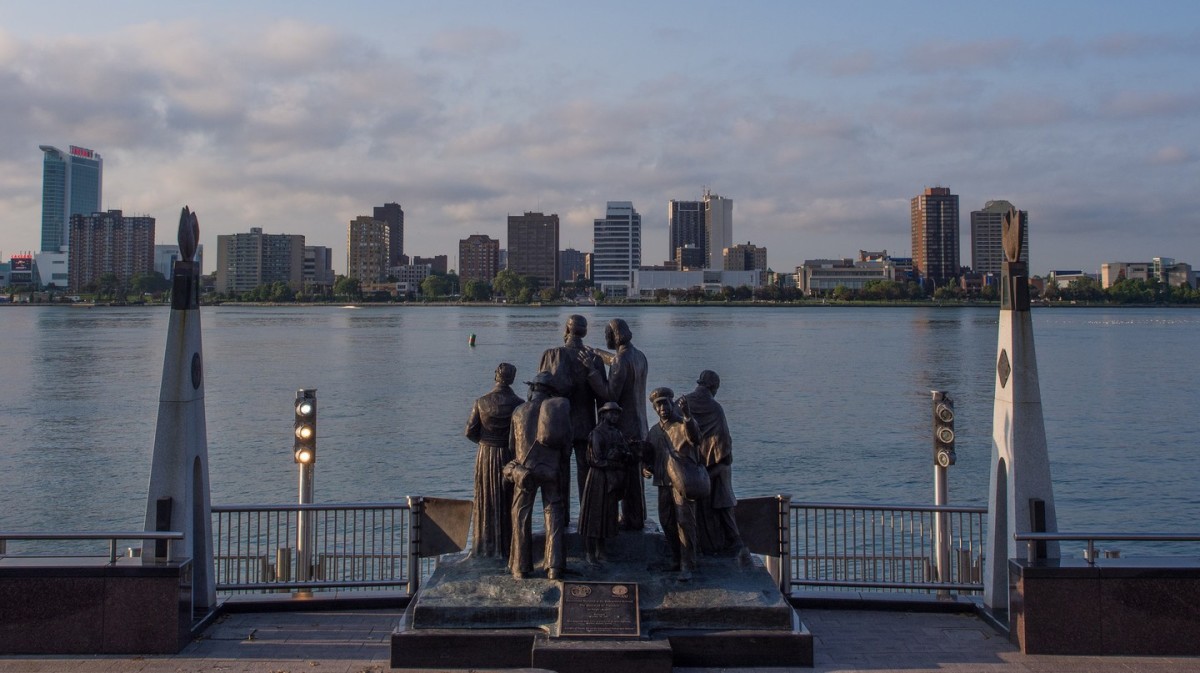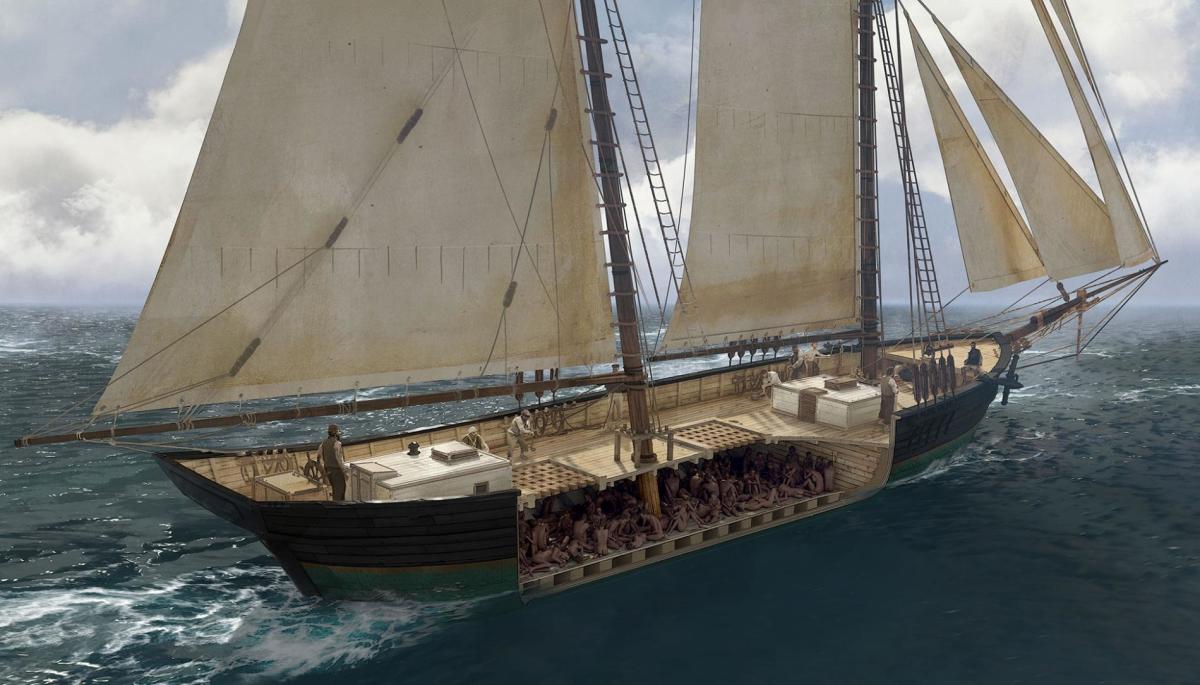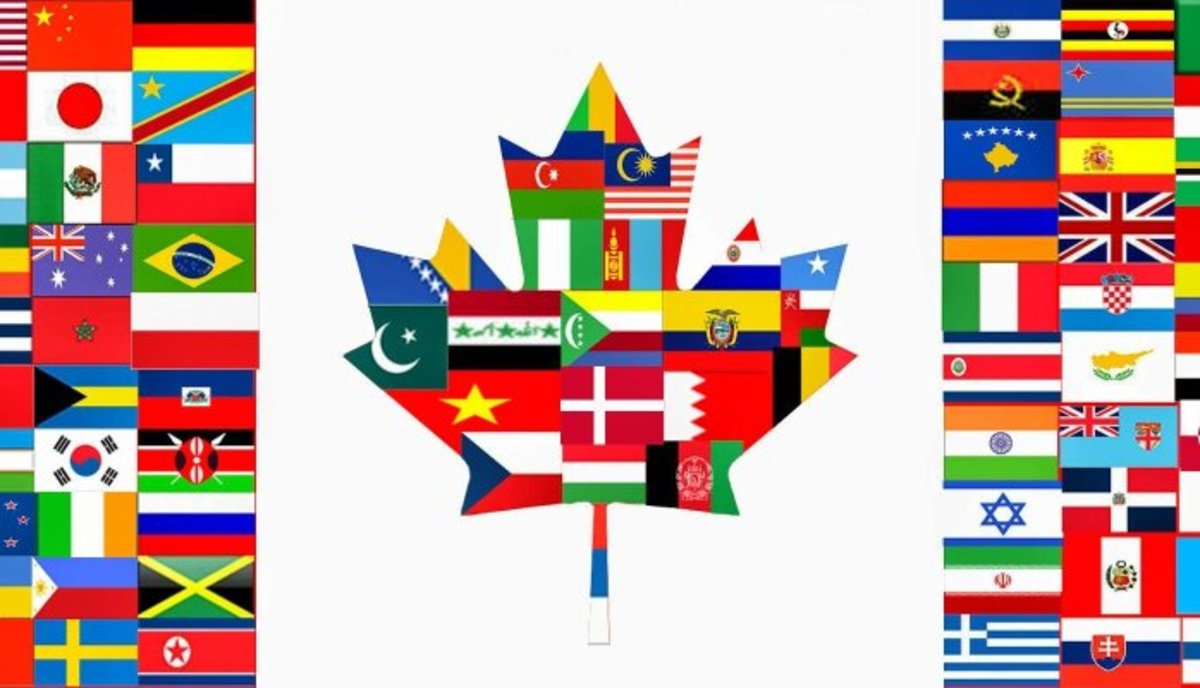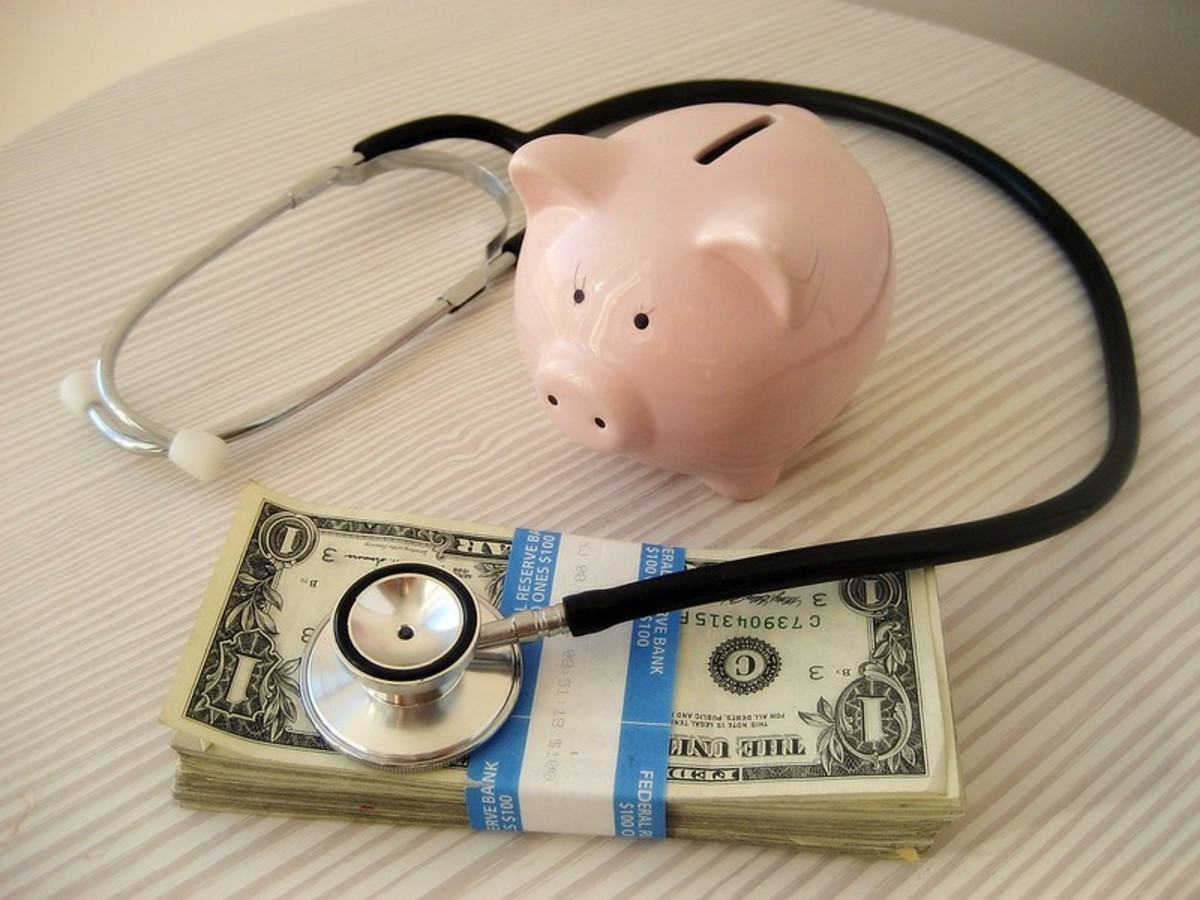Early Abolition Movement in America

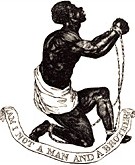
Congress prohibited slavery in the Northwest Territory in 1787 and abolished the slave trade with Africa in 1808, but that didn’t seem to help those slaves already in America. The increasing profitability of Southern slavery caused many to turn a blind eye to the situation.
Although abolitionist actions had been active during the American Revolution during the 1820s, the abolitionist movement did not become a radical crusade until the 1830s. Evangelical religious movements arose to stress the immorality of slavery. In the 1820s prominent preachers like Lyman Beecher, Nathaniel Taylor, and Charles G. Finney, in what came to be called the Second Great Awakening, publicly denounced slavery as well as supporting temperance, pacifism, and women's rights.
There were still antislavery factions around such as the Society of Friends,otherwise known as Quakers. But, their methods were mild and nobody really paid them much attention. Sterner measures to abolish slavery didn’t pick up much momentum until the 1830s. But the number of antislavery groups eventually began to increase and by 1840 there were about 2,000.
Garrison
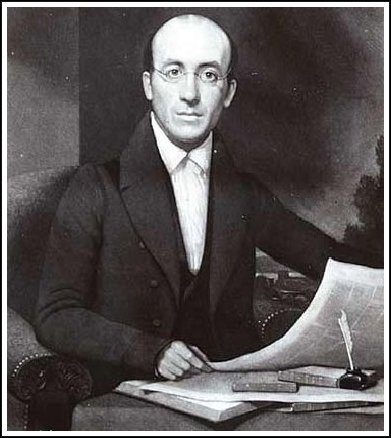
Douglass
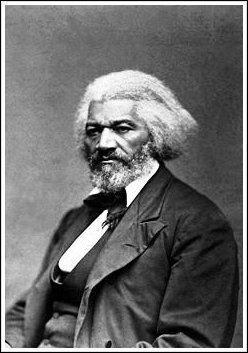
However, these emerging antislavery societies were fighting an uphill battle as expansion of cotton into the Mississippi delta region was creating a demand for even more slaves. The movements that emerged demanded an immediate end to the practice, but essentially they were unorganized and needed leadership. William Lloyd Garrison, of Massachusetts, was one such leader who focused the nations’ attention on the plight of slaves with his newspaper, The Liberator.
In January of 1831, Garrison produced the first issue of his newspaper, making this forceful announcement: "I shall strenuously contend for the immediate enfranchisement of our slave population. On this subject I do not wish to think, or speak, or write with moderation, I am in earnest, I will not equivocate, I will not excuse, I will not retreat a single inch and I will be heard!"
Garrison's methods of sensationalizing the subject awakened Northerners to an evil institution many believed couldn’t be changed. Garrison found a kindred spirit in Frederick Douglass, an escaped slave and spokesman for the Massachusetts Anti-Slavery Society and the two joined forces. Douglass later also became editor of the abolitionist weekly newspaper, Northern Star and his skills as a masterful orator convinced many slavery should be abolished.
The abolitionist movement began to take shape in 1833, when Garrison, Arthur and Lewis Tappan, and others formed the American Anti-Slavery Society in Philadelphia by issuing a manifesto announcing the reasons for the society and outlining its goals.
However, the movement needed more than just talk. It needed organized planning.The "Underground Railroad," a network of secret routes helping fugitive slaves escape to the North was the means used. "Underground Railroad," escape networks actually began in the 1500s, but didn’t gain notoriety until abolitionist activities of the 1800s. In its beginning it was a network originating in the South, and eventually ending in Canada.
However these escape routes were not just restricted to those heading north. Some also extended into western territories, Mexico and the Caribbean. From 1830 to 1865, the Underground Railroad aided large numbers of slaves to reach safe refuge and freedom. It played a major role in dismantling the institution of slavery. The Underground Railroad was so successful it intimidated slave owners who came to regard it as "organized theft.”
From the 1830s until 1870, the abolitionist movement’s mission was to achieve immediate emancipation of all slaves and end racial segregation and discrimination. Southern slaveholders finally came to regard the North as united against them in favor of black emancipation.
The abolitionist’s activities, however, also had some negative impact. It provoked some hostile reactions from both North and South. Mailbags containing abolitionist literature were burned by incensed mobs. The U.S. House of Representatives also instituted a "gag rule" banning consideration of antislavery petitions. Years later it was repealed, but not before it had done its damage.
The Thirteenth Amendment abolished slavery. But the question of whether the American Anti-Slavery Society was still a necessity arose. Some members felt only complete political equality for all black males could guarantee the freedom of former slaves, Only when the Fifteenth Amendment extending male suffrage to African-Americans was passed did the society conclude their goal had been completed.

